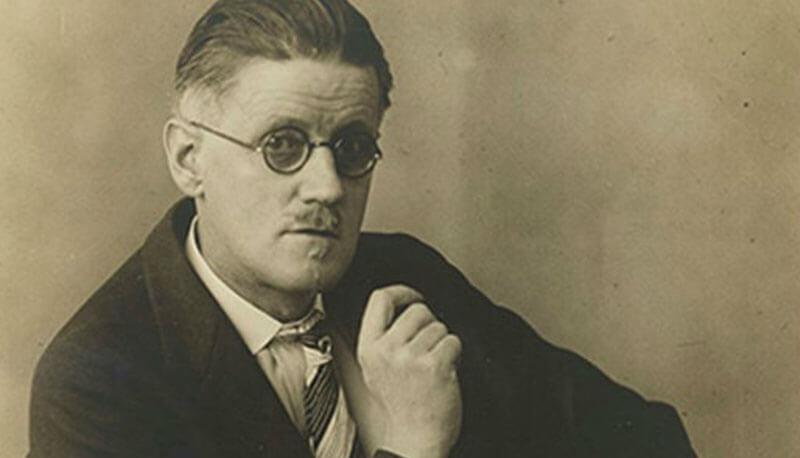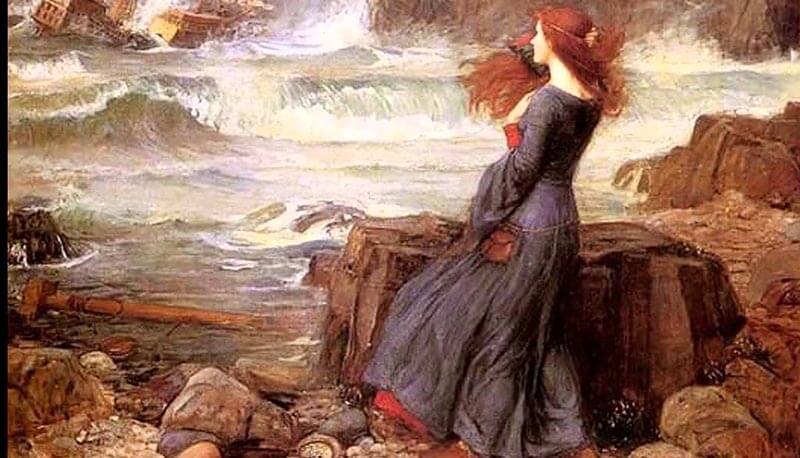Concetti Chiave
- "Dubliners" is a collection of short stories by James Joyce, focusing on life in Dublin and exploring themes of paralysis and flight.
- Joyce's style in "Dubliners" is realistic, emphasizing detailed descriptions and sudden insights known as "epiphanies."
- The theme of moral paralysis is central, with characters becoming aware of their stagnant conditions but unable to change them.
- Joyce employs experimental narrative techniques, including stream of consciousness and interior monologues, to convey characters' internal conflicts.
- "Eveline," a story in "Dubliners," illustrates a young woman's struggle between escaping her past and her inability to embrace a new life.
The Dubliners is a collection of fifteen short stories dealing with life in Dublin, linked by the theme of the decay of the city’s life. The book emphasizes two aspects common to all stories: paralysis and flight. The first, is a moral paralysis, caused by the politics and religion of the time. The flight (destined to fail) is a consequence of paralysis, a moment in which the protagonist realizes his condition.
The style of the collection is essentially realistic, with a scrupulous cataloguing of detail, the ability to create a sense of place and remarkable moments of sudden insight, called “epiphanies”. The term, originally referred to the show of the Christ child to the Magi, is adopted by Joyce, to describes a sudden revelation. It is a moment in the novel when details, or “moments”, buried for years in one’s memory, suddenly surface in one’s mind and start a long mental labour.

Paralisi e fuga
In Dubliners, Joyce emphasized the moment in which the condition of paralysis shows itself to the “victims” of this moral “paralysis”. Therefore, to become aware of this situation is the “turning point” of every story: to know oneself is the moral. However, here Joyce isn’t an educator, but he it aims to emphasizes the impossibility to go over this particular situation of immobility.
Joyce
is an experimentalist. He experiments new form and languages, abandons the technique of the omniscient narrator and offers various points of view, recalling the Cubism. He used a confused syntax and an inexistent punctuation, just to give to his works the greatest prominence and the largest self-sufficiency expressive.Tecniche narrative di Joyce
Moreover, Joyce used a particular narrative technique, called “stream of consciousness”, a free representation of individual thoughts, so as they are in mind, before be they get logically organized logically in periods. This technique which, in generally, emphasizes the inner conflicts, sensations, emotions and passions which are also described in The.
All this, is particularly used in Dubliners, as also “interior monologues”. What differentiates the stream of consciousness from the interior monologue is its the more marked departure of the latter from literary conventions. An extreme simplification in syntax and punctuation corresponds to an almost complete lack of logical connections. However, The two terms, however, tend to be used interchangeably. In The Dubliners, the author reports the character’s mental wanderings maintaining traditional syntax and punctuation (example of interior monologue). In other pages of his works, for example, of Ulysses, flows of thoughts seems to proceed without any logical link (example of stream of consciousness). James Joyce said he had discovered this technique in the novel Les lauriers sont coupes by the French symbolist Eduard Dujardin, but the term “of stream of consciousness”, was first used by the American philosopher William James in his Principles of Psychology, to describes the flow of thoughts, impressions and impulses moving in the mind, independently of one’s will.
La storia di Eveline
Eveline is the fourth story of The Dubliners and the protagonist is on the borderline between adolescence and maturity.
It is a story of a young love, but unlike Mangan's sister, Eveline has already been courted and won by Frank, who is taking her away to marry him and "to live with him in Buenos Ayres". Or has she? When she meets him at the station and they are set to board the ship, Eveline suddenly decides she cannot go with Frank, because "he would drown her" in "all the seas of the world". But Eveline's rejection of Frank is not just a rejection of love, but also a rejection of a new life abroad and an escape from her hard life at home. And water, as the practical method of escape, as well as a symbol of both renaissance and emotional vitality, functions in a multi-faceted way to show all that Eveline loses through her fear and lack of courage. By not plunging into those "seas of the world that tumble[d] about her heart", Eveline forsakes escape, life, and love for the past, duty, and death. Basically the story is about Eveline’s thoughts about her past and the future and how these thoughts determine the decision she eventually makes. The author devotes a lot of space to the girl’s thoughts, which freely flow from the past to the present, mixing with future hopes and reflections on the present.

Tema dell'immobilità
The inability to change the course of life is the common line of all the novels constituting The Dubliners, which always describe static situations and that sort of paralysis that the author considers as the main feature of his city’s inhabitants.
The sudden revelation, here, is: Eveline would like to run away and leave her past behind but she is too linked to her past. She finds herself paralyzed and she is not able to act and change her life.
Domande da interrogazione
- Qual è il tema principale di "Dubliners" di James Joyce?
- Come descrive Joyce il concetto di "epifania" nelle sue opere?
- Quale tecnica narrativa sperimentale utilizza Joyce in "Dubliners"?
- Qual è il conflitto interiore di Eveline nella storia omonima?
- In che modo Joyce rappresenta la città di Dublino nelle sue storie?
Il tema principale di "Dubliners" è la paralisi morale e il desiderio di fuga, che si manifesta nei protagonisti delle storie quando realizzano la loro condizione di immobilità.
Joyce descrive l'epifania come un momento di improvvisa rivelazione, in cui dettagli o ricordi sepolti emergono nella mente, portando a una lunga riflessione interiore.
Joyce utilizza la tecnica del "flusso di coscienza", che rappresenta liberamente i pensieri individuali prima che siano organizzati logicamente, enfatizzando conflitti interiori, sensazioni ed emozioni.
Eveline è combattuta tra il desiderio di fuggire con Frank per una nuova vita e la paura di abbandonare il suo passato, rimanendo paralizzata e incapace di cambiare la sua vita.
Joyce rappresenta Dublino come una città caratterizzata da situazioni statiche e paralisi, riflettendo l'incapacità dei suoi abitanti di cambiare il corso delle loro vite.






 Accedi a tutti gli appunti
Accedi a tutti gli appunti
 Tutor AI: studia meglio e in meno tempo
Tutor AI: studia meglio e in meno tempo